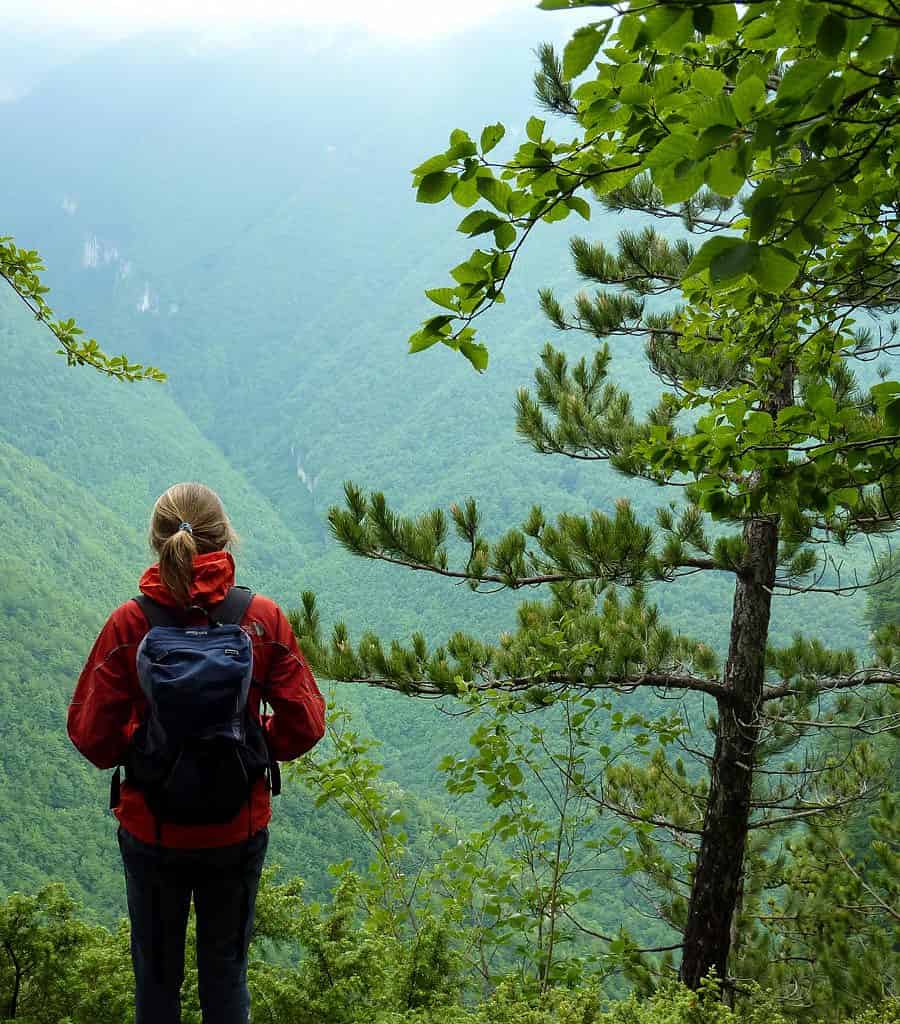Mitigating the Disintegration of Wilderness
Wilderness areas play a key role in protecting the world’s biodiversity, according to a recent report published in the Nature Communications Journal. This report outlines the importance of connecting Wilderness areas in maintaining biodiversity and combatting climate change.
Please also read: Dark Future For Remaining Wilderness
The Aichi Biodiversity Targets recognise the potential for Wilderness and protected areas to improve biodiversity, setting the goal of designating 17% of all global terrestrial areas and 10% of all global marine areas as protected areas by 2020. However, this recently published report puts in perspective the lack of progress made regarding this target. Only nine countries and territories have designated over 17% of their land as protected areas. As these targets are now in their final year, it is of high importance that we raise the issues of Wilderness protection and protected areas in the COP15 of the Convention of Biological Diversity (CBD) that is due to take place in 2021. We must make efforts to stop their degradation, as to retain their value in tackling biodiversity loss and climate change.
Protected Areas Status
Protected areas are crucial to maintaining the world’s biodiversity. They are areas of high connectivity, allowing for migration and gene flow. Furthermore they hold exceptional value, in terms of the diversity and variety of species found there. When a protected area is interconnected with other such areas, equitably and effectively managed, and cover areas that are ecologically representative, then it can contribute a lot to the maintenance of the world’s biodiversity. Although protected areas are expanding the areal extent in many countries, the impact of these protected areas in tackling biodiversity loss would have more impact if they were free of human influence and well connected.
The report states that although 40% of the terrestrial planet is intact, only 9.7% is structurally intact. Correspondingly, this signals a lack of connectivity between these areas. On average, experts consider only 11% of each country’s protected areas structurally connected. That subsequently hinders the effectiveness of such protected areas, as it means that there are a lack of areas that have an uninterrupted corridor through the intact lands that connect the borders of the respective protected areas. The situation is even more dire in Europe, with only 0.3% of European protected areas being fully connected. This shows that, where possible, protected areas should be linked in order to maximise their potential in protecting biodiversity.
The Advantages of Protected Area Connectivity
Why is connectivity is crucial? Connectivity helps retain and restore areas on a wider landscape-scale. This structural connectivity has two key advantages:
- Improved dispersal and migration of species
- Increased ecosystem function and resilience brought about from uninterrupted nutrient cycling and the regulation of other abiotic factors such as radiation, wind, light conditions, humidity and hydrological conditions
The main threats to these positive benefits are various land uses including, agriculture, urbanisation, mining and unsustainable forestry. This leads to a breakdown in the connectivity between areas of high biodiversity. As connectivity decreases, their value decreases because of a loss of species and habitats over time. This is due to reduced sources for repopulation or chances for migration, due to the lack of connectivity.
Mitigating Environmental Threats Through Protected Areas
Connecting protected areas help mitigate the most talked about threat to our environment, climate change. Structural connectivity facilitates species’ adaptation, allowing species access to a wider range of habitats. This facilitates the dispersal and migration of species between suitable habitats. As a result, the viable ranges of more species are reached and gene flow within a population is sufficient. Connectivity also helps regulate abiotic processes, as mentioned above. Subsequently, this leads to an increase in ecosystem function and resilience.
This shows that better connected protected areas can lead to a strengthening of the ability of ecosystems and their component biotic and abiotic parts in reacting to climate change. By maintaining greater biodiversity, this helps preserve the ability of the earth to lessen the effects of climate change. This increased biodiversity will mean an ability to better deliver ecosystem services, such as carbon sequestration. All in all, this all stems from better connected habitats resulting in reduced biodiversity loss. This is partially down to greater access to habitats, enabling species to adapt.
The report has outlined how important connecting protected areas and wilderness, as well as preserving them, are to maintaining global biodiversity. On top of this, biodiversity therefore mitigates climate change, making it something that decision makers should start considering as a pressing issue soon.









